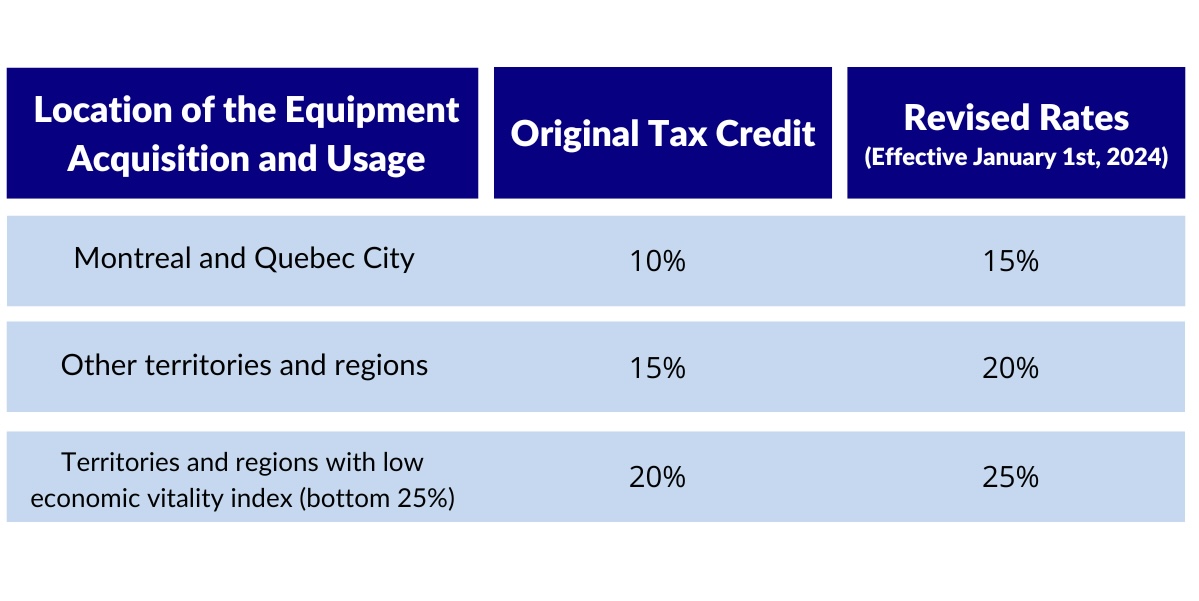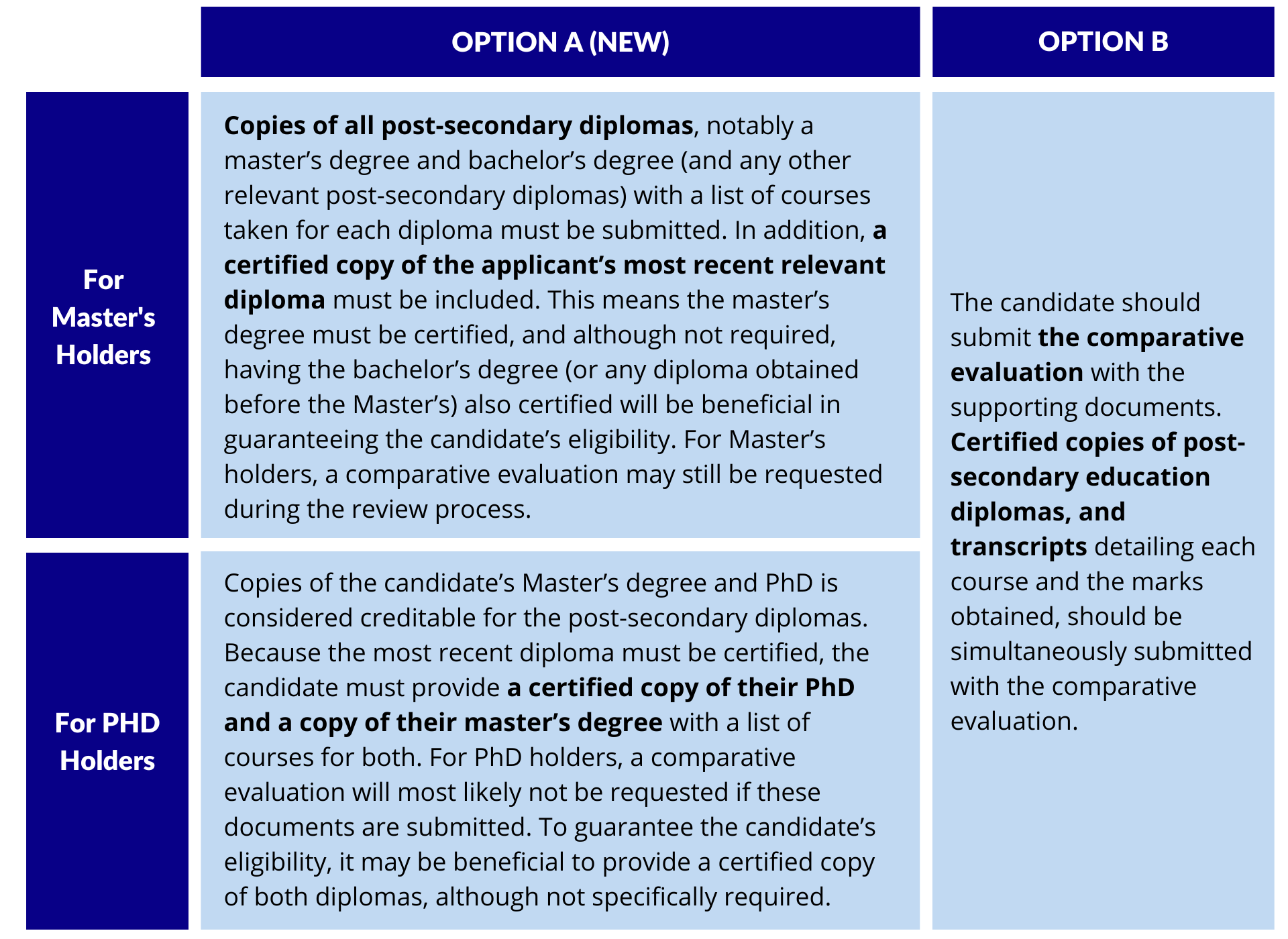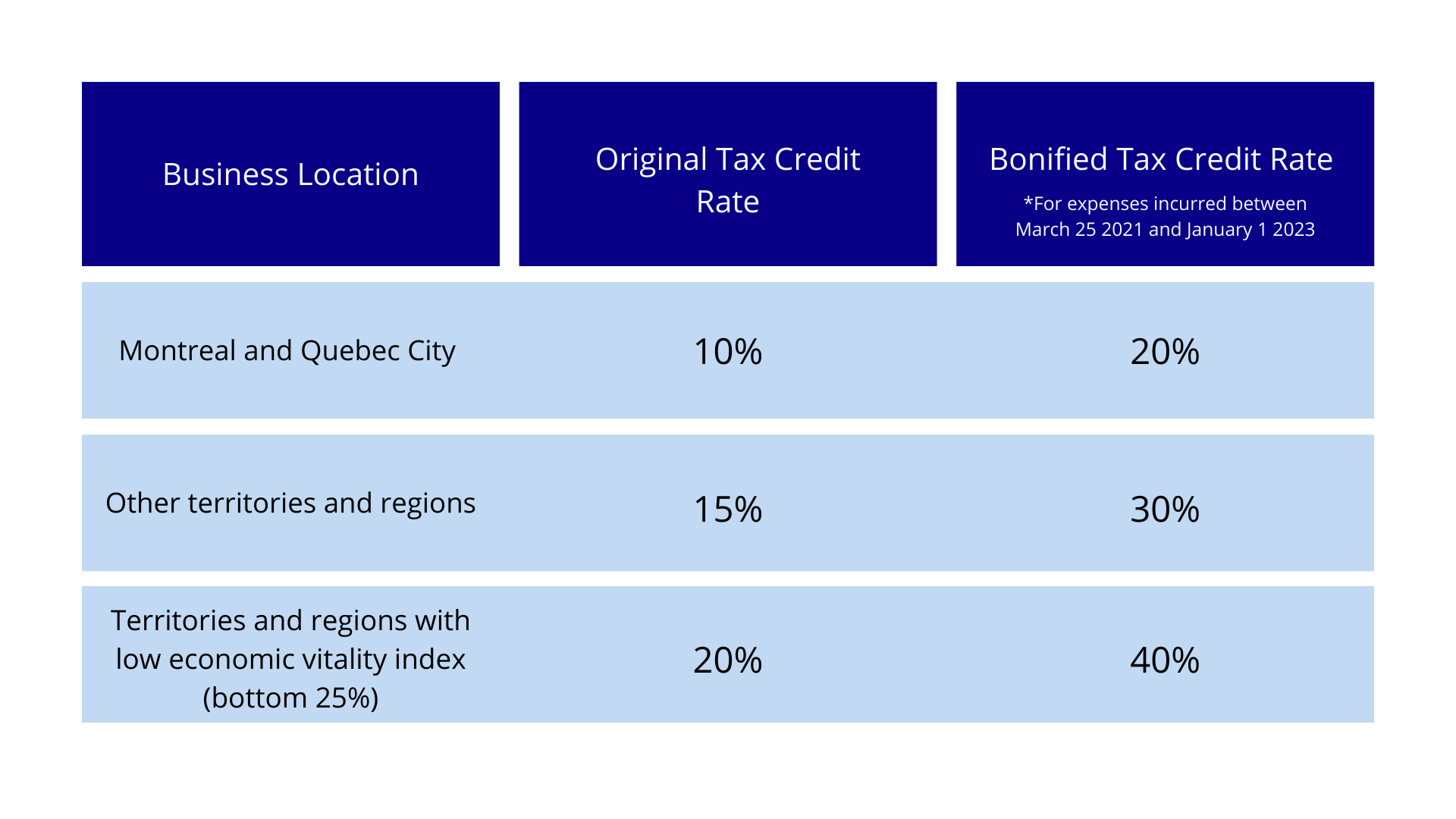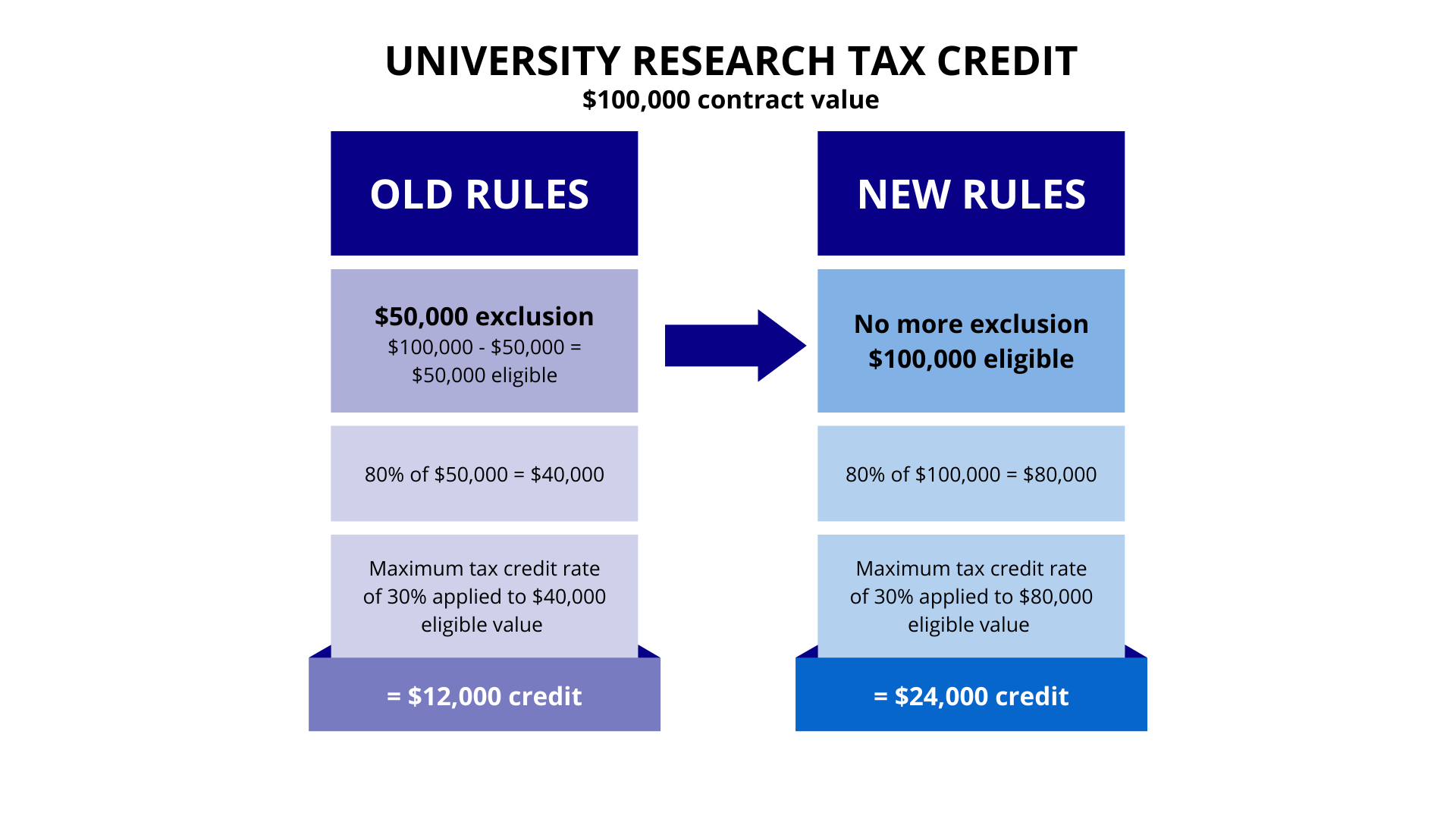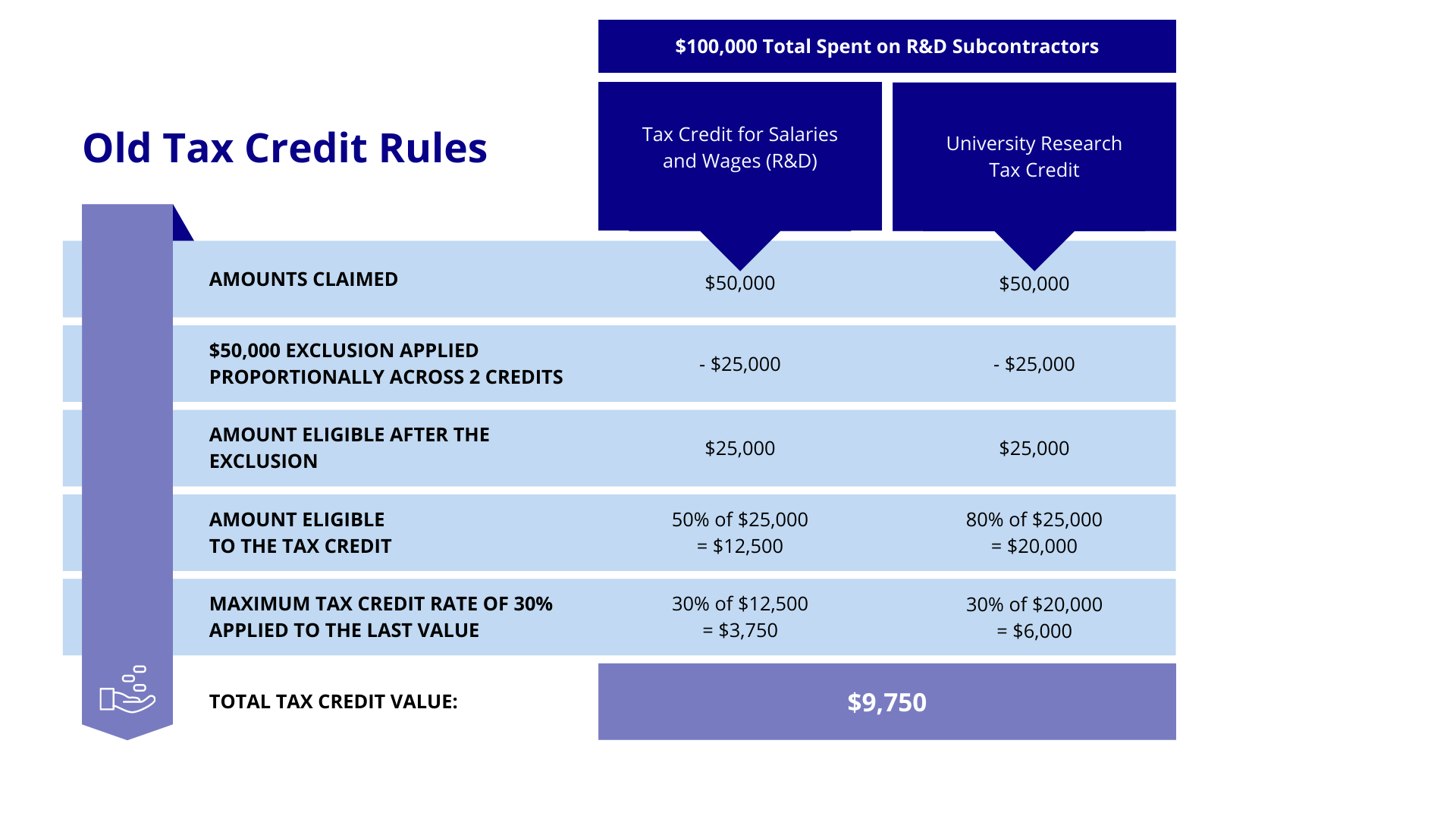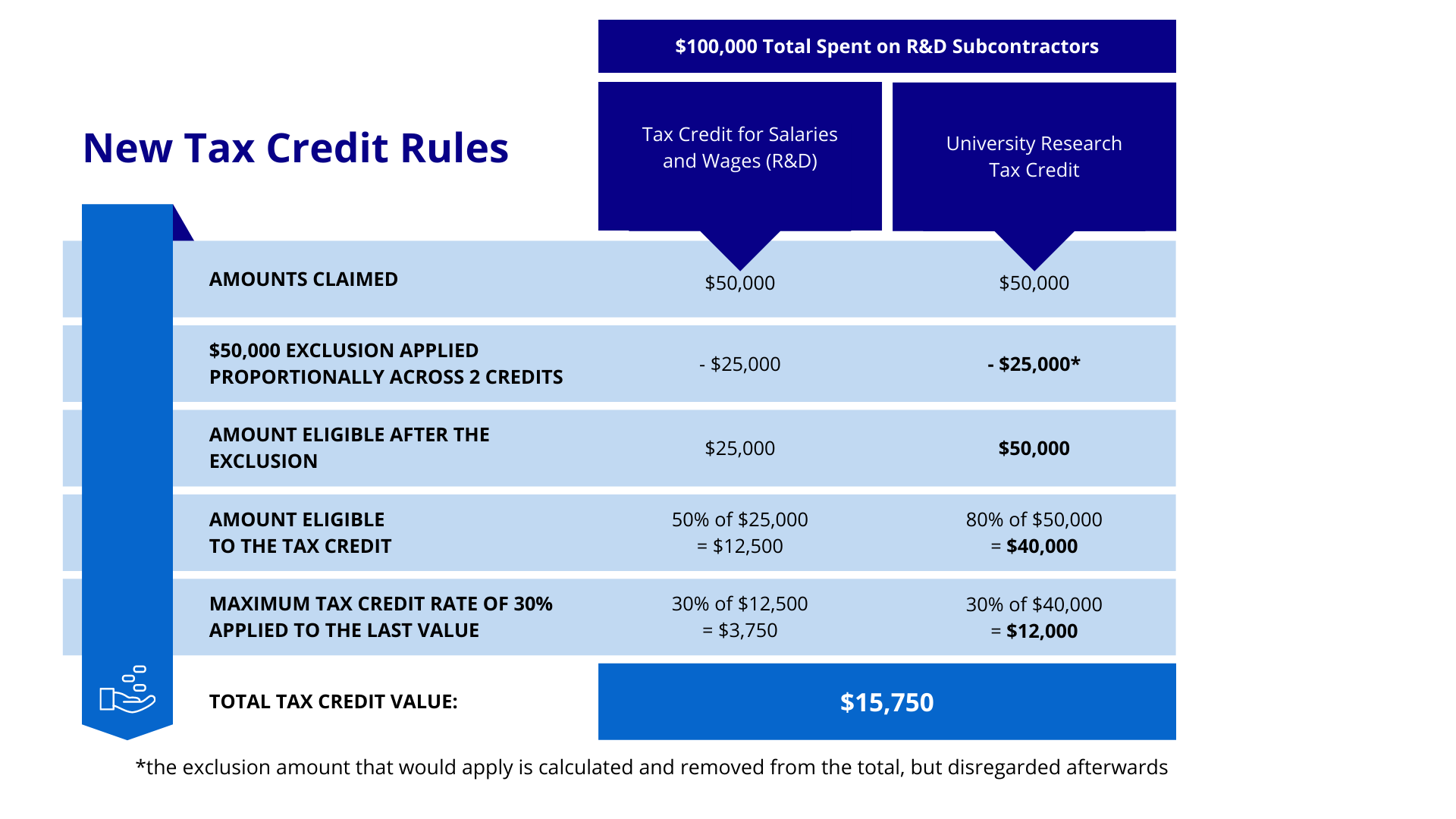Budget 2024-2025: What You Need to Know About Quebec’s CDAE and Multimedia Tax Credits
Quebec’s Budget 2024-2025 unveils significant adjustments to tax assistance measures, particularly targeting the IT and video game development sectors.
In response to Quebec’s $11 billion budget deficit for 2024, adjustments to the tax credit for the development of e-business (CDAE) and tax credit for multimedia titles (MMTC) aim to rein in costs, which reached nearly $850 million CAD in 2023. With the proposed changes, the cost of tax assistance programs for businesses is estimated to decrease by approximately $1B over four years.
This blog post explores the key changes announced for the CDAE and MMTC programs.
The E-Business Tax Credit (CDAE)
The CDAE enables businesses that are developing and selling software licenses or services (ie. Software-as-a-Service or SaaS) to receive a tax credit for each eligible employee. By providing tax credits for qualified expenditures related to software development, the CDAE encourages businesses to embrace digital transformation and expand their online presence.
First, a run-down on eligibility:
To be eligible, corporations in Quebec’s IT sector must demonstrate that at least 75% of their activities fall within specific NAICS codes related to information system design or software publishing. Additionally, during a taxation year, they must maintain a minimum of six eligible full-time employees. These employees must dedicate at least 75% of their time to relevant activities.
Budget 2024-2025 announced significant adjustments to the CDAE, aimed at optimizing the support offered. Here is a breakdown of the key changes:
Adjustment of Tax Credit Rates
To ensure greater harmony in the support offered by both CDAE and MMTC, the Quebec government is gradually adjusting the tax credit rates of both programs, harmonizing the levels refundability.
Currently, the CDAE comprises a refundable portion at 24% and a non-refundable portion at 6%. Over the next 5 years, the non-refundable portion will increase by 1% annually until reaching 10%, while the refundable portion will decrease to 20% accordingly. This gradual adjustment aims to maintain the competitiveness of businesses while managing costs effectively.
| CDAE | ||
| Fiscal year beginning during the year | Refundable | Non-refundable |
| 2024 | 24% | 6% |
| 2025 | 23% | 7% |
| 2026 | 22% | 8% |
| 2027 | 21% | 9% |
| 2028 | 20% | 10% |
Labour Expenditure Limit Replaced by Exclusion Threshold
The budget also announced the removal of the $83,333 limit on qualified labour expenditure per eligible employee under the CDAE. Instead, an exclusion threshold per eligible employee will be introduced, aligning with the Quebec basic personal amount ($18,056 for 2024). In other words, the tax credit is now offered only on the portion of salary that is typically taxable for personal income tax purposes.
Effectively, these changes enable businesses to claim the tax credit for higher-salary employees. Additionally, this adjustment means that the effective rate will increase based on an employee’s salary rather than decrease.
Find the effective rates of the CDAE based on an employee’s eligible salary below:
| Employee’s eligible salary | 2024
(Before Budget 2024-2025) |
2028
(After Budget 2024-2025) |
| $50,000 | 30.0% | 18.1% |
| $100,000 | 25.0% | 24.1% |
| $150,000 | 16.7% | 26.0% |
The Multimedia Tax Credit (MMTC)
The MMTC is designed to support the creation and production of multimedia titles, including video games, interactive media, and digital content. By offering tax credits for qualified labour expenditures incurred during multimedia production, the MMTC aims to incentivize companies to invest in multimedia projects, attract talent, and develop high-quality content, thereby fostering innovation and creativity in Quebec’s multimedia sector.
Like CDAE, the MMTC will undergo several adjustments to better align with the evolving landscape of multimedia production. Here are the key changes proposed in Budget 2024-2025:
Adjustment of Tax Credit Rates
To harmonize tax credit rates with CDAE, the MMTC now comprises both a refundable and non-refundable portion. The non-refundable portion will be introduced gradually, starting at 2.5% in 2025 and increasing by 2.5% annually until reaching 10%. At the same time, the refundable portion will incrementally decrease to 20%.
| MMTC | ||
| Fiscal year beginning during the year | Refundable | Non-refundable |
| 2024 | 30% | — |
| 2025 | 27.5% | 2.5% |
| 2026 | 25% | 5% |
| 2027 | 22.5% | 7.5% |
| 2028 | 20% | 10% |
Note that the MMTC will continue to offer a 7.5% refundable premium for titles available in French, promoting the production of French video games.
Qualified Labour Expenditure Limit Replaced by Exclusion Threshold
Similar to CDAE changes, the MMTC’s $100,000 limit on qualified labour expenditure per eligible employee will be removed and replaced by an exclusion threshold per eligible employee that mirrors the Quebec basic personal amount.
Effective rates of the MMTC based on an employee’s eligible salary:
| Employee’s eligible salary | 2024
(Before Budget 2024-2025) |
2028
(After Budget 2024-2025) |
| $50,000 | 37.5% | 22.7% |
| $100,000 | 37.5% | 30.1% |
| $150,000 | 25% | 32.6% |
Final Thoughts
The changes outlined in Quebec’s Budget 2024-2025 signify a strategic move towards optimizing tax assistance programs for businesses while managing costs effectively. These changes are generally positive for the CDAE program, which now permits claims for higher-salary employees. However, for the MMTC, these changes are less favourable; the introduction of a non-refundable portion may discourage smaller companies with limited cash flow from submitting claims. Additionally, the MMTC effective rates suffer a more considerable decrease.
However, by reducing the overall “generosity” of these programs, the government seeks to reduce government expenditures while still supporting key sectors like e-business development and multimedia production. As Quebec strives to achieve a fully balanced provincial budget by 2028, the successes of the local software and multimedia industries are poised to play a pivotal role in revitalizing economic conditions across the province.

